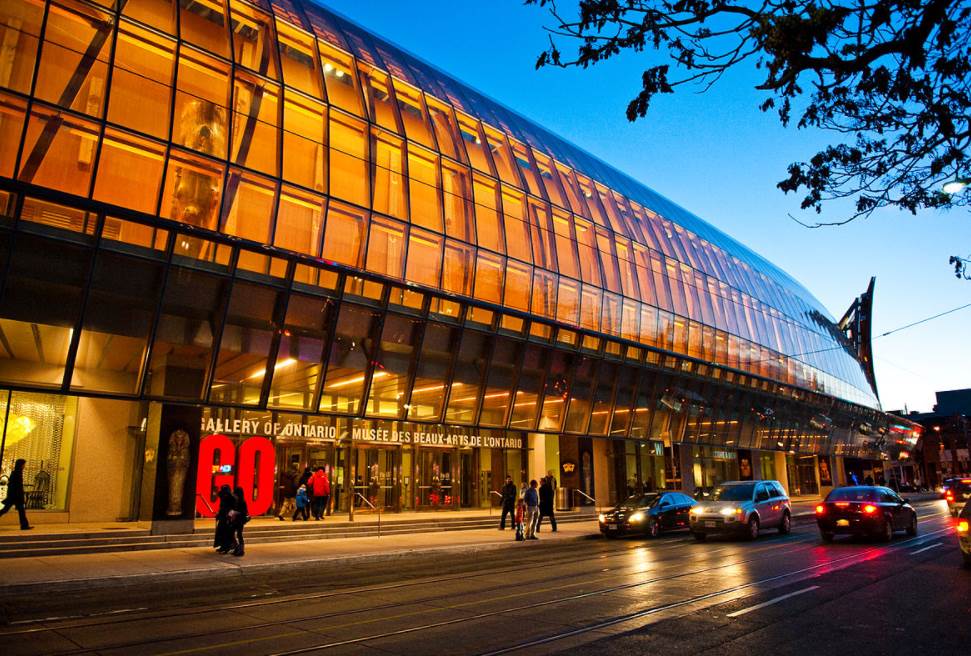The late 1630s and early 1640s was a rough period for Gian Lorenzo Bernini (1598-1680), an artist considered to be one of the greatest Baroque artists in history.
Something didn’t go quite as planned while he was leading a project. This was a period in which he was already considered to be the leading artist of his generation.
A major setback while working on his life work
He was commissioned to complete the façade of St. Peters’s Basilica by adding two bell towers. Cracks started to appear in the first tower and work continued on the second one until 1642.
He was blamed for the disaster and experienced complete humiliation when both towers were torn down.
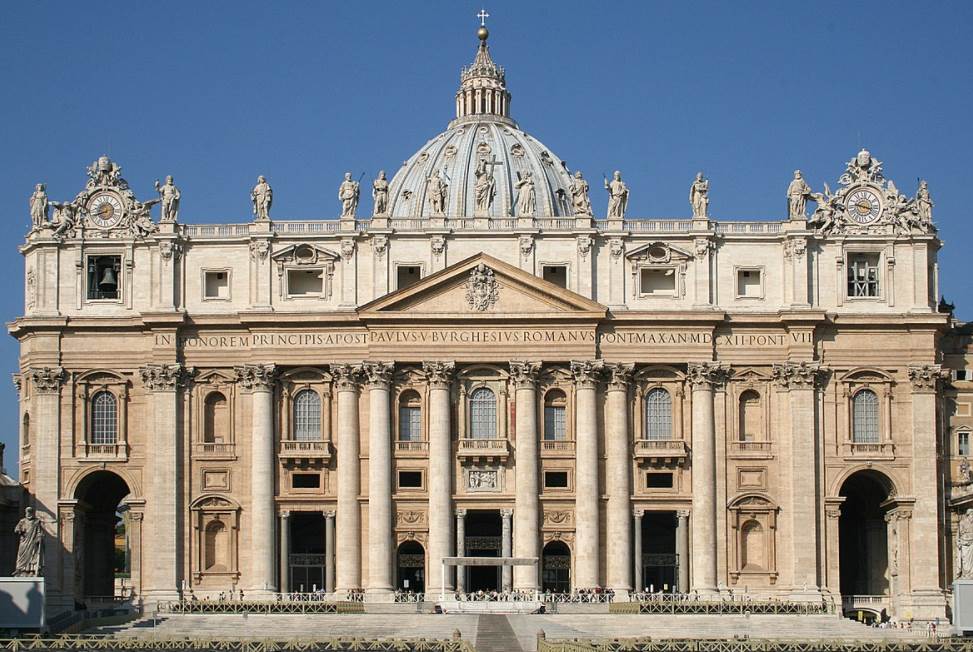
Regardless of this setback, his talent was so immense that he continuously earned commissions and this Accident de Parcours was completely forgotten shortly after.
His name was cleared later when an investigation revealed that his design wasn’t to blame for the cracks. The culprit was Carlo Maderno (1556-1629) who had integrated a foundation that was way too weak, Leaning Tower of Pisa style.
The ultimate masterpiece of Bernini’s career
Bernini produced one of the greatest masterpieces of his career between 1647 and 1652. This work is called “The Ecstasy of Saint Teresa” and is located inside the Cornaro Chapel of the Santa Maria della Vittoria church in Rome.
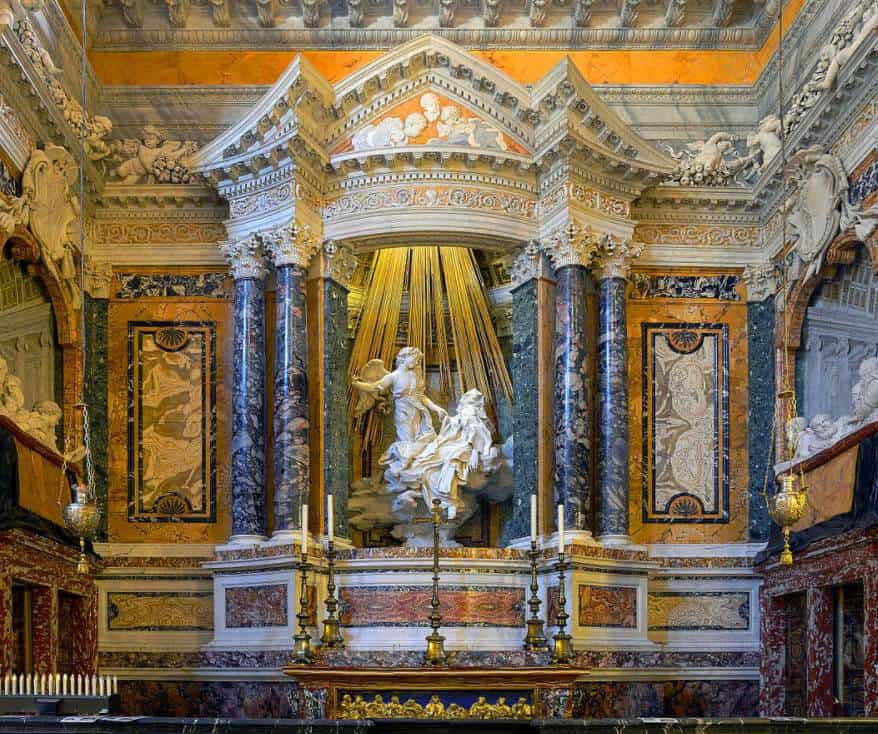
The sculpture resides in a chapel that was designed by Bernini himself as well. He managed to integrate light sources in such a way that it illuminates the magnificent centerpiece.
This was the embodiment of Baroque in which both the design of the structure and sculpture itself were harmoniously working together.
Corpus by Gian Lorenzo Bernini, one of the artist’s favorites
Shortly after completing this masterpiece of the Baroque era, he started working on Corpus, a life-sized bronze sculpture of Jesus Christ hanging on the cross.
It was a special sculpture for the artist. This is emphasized by the fact that held onto the work for 25 years after he completed it around 1655.
We do have to mention that he produced at least 2 copies of it around the same time.
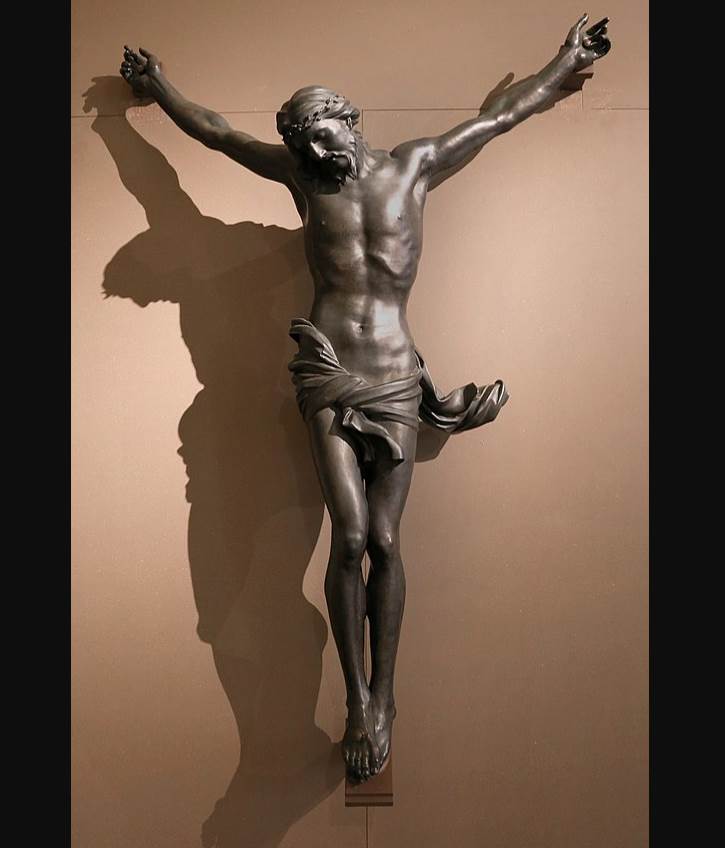
The smooth surface of the sculpture, the fact that it was made out of bronze, and the life-like attributes of Jesus make this one of the greatest sculptures he ever produced.
3 versions of the sculpture minus 2
The second version of the work was in the collection of the Spanish Royal Family and now hangs at the Escorial. This structure officially known as the “Royal Site of San Lorenzo de El Escorial.”
This immense Renaissance Building, the largest of its kind in the world, is located in a small town about 45 kilometers (28 miles) northwest of Madrid. It features an extensive collection of fine art, including a version of Corpus by Bernini.
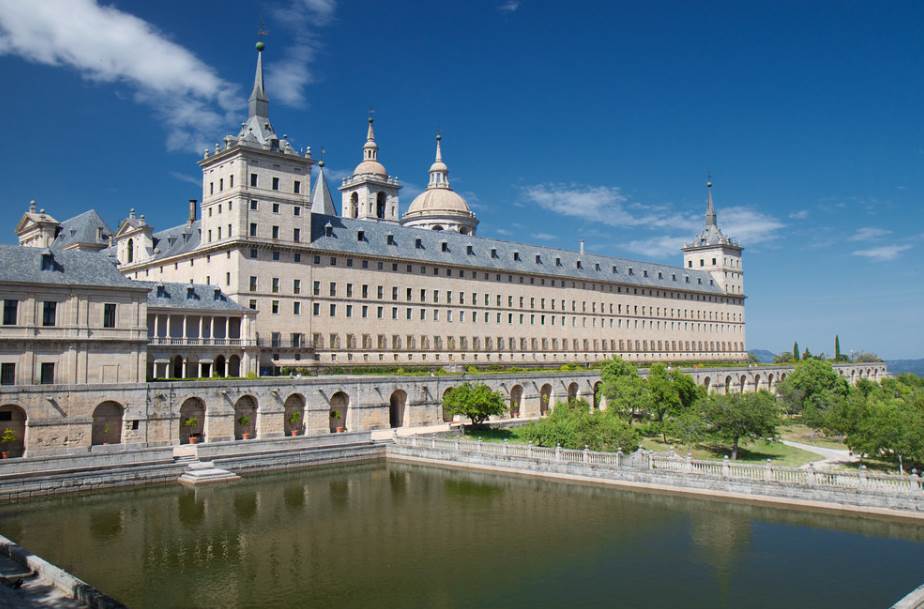
A second version of the sculpture isn’t with us anymore as it was destroyed during the French Revolution in the late 18th century.
The main version was last recorded as being present in the region of Perugia around 1790 and completely disappeared from the radar after that.
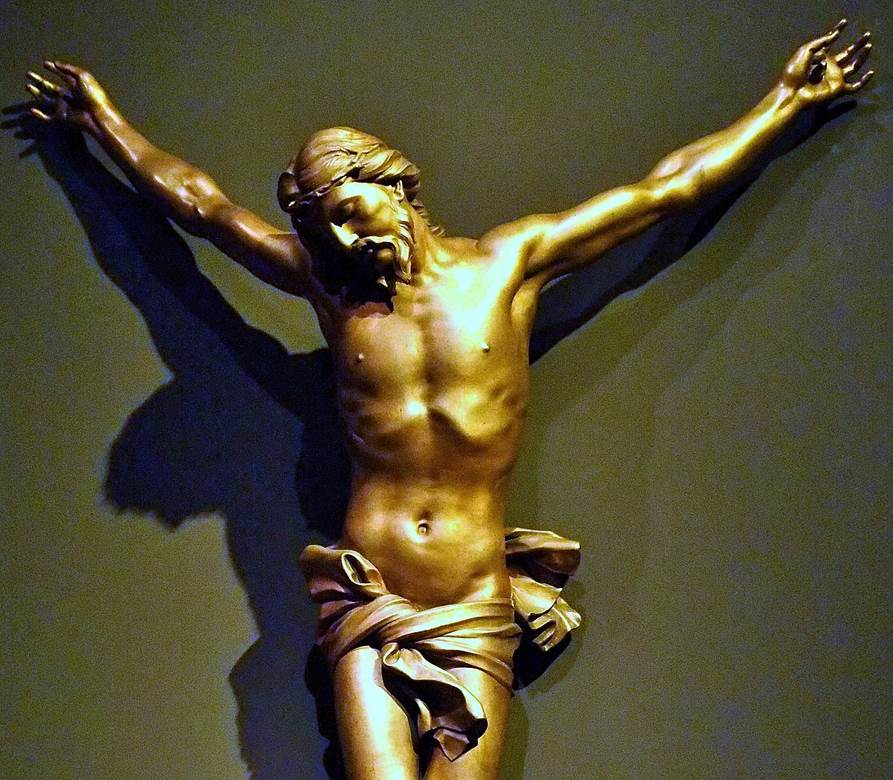
This means that it was long believed that the version at El Escorial was the only extant Corpus sculpture of the 3 produced by Bernini in the 1650s.
A miracle happened in the early 20th century
I doubt there was any art historian in the year 1907 who believed that the long-lost version of Bernini’s Corpus still existed. After all, it had been lost for well over a century by then.
Just like the resurrection of Christ himself, it miraculously resurfaced in Venice in the year 1908.
What happened after that remains a bit hazy, but it was acquired by an American art dealer at some point so it traveled to the United States.
The true rediscovery of 2004
One of the most remarkable facts about Corpus by Bernini is that it was long thought not to be a work by the famous Baroque artist at all.
Until the early 20th century it was believed to have been a work produced by an obscure French sculptor. When it was pt for sale in 1975, nobody even bought it at the low price of $200.
The discovery was made in 2002 and it was currently attributed to Bernini in 2005, quite a remarkable story indeed.
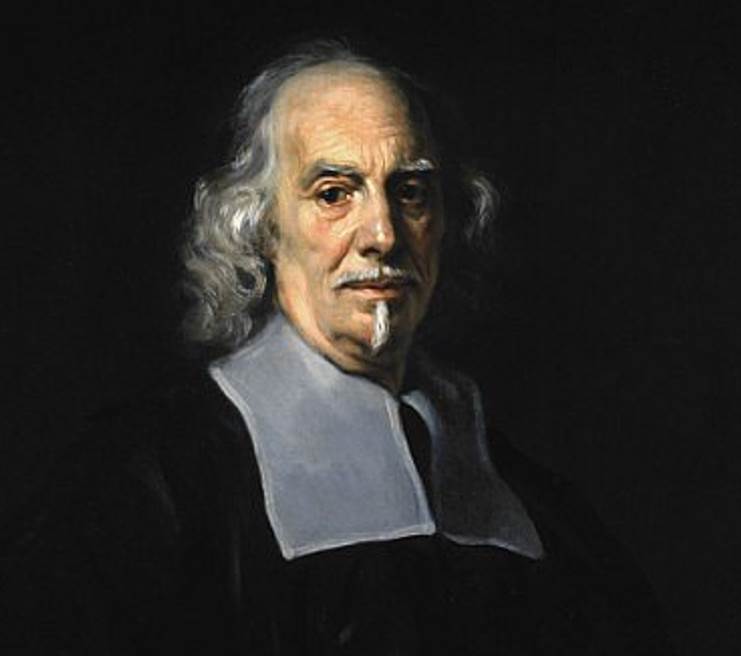
The $50 million gift
The valuation of the sculpture skyrocketed after being identified as a true work by the artist. Corpus by Gian Lorenzo Bernini is currently estimated to be worth around $50 million on the market, quite a staggering amount.
The fact that it’s believed to be the version that Bernini cast for his collection adds to the value.
Toronto-based real estate developer Murray Frum (1931-2013) bought the sculpture from the U.S. art dealer who owned it and instantly donated it to the Ontario Art Gallery of Toronto.
It was the most valuable of the 80 artworks that he donated to the museum. Interesting note, he also constructed the gallery in which his donations are currently housed.
